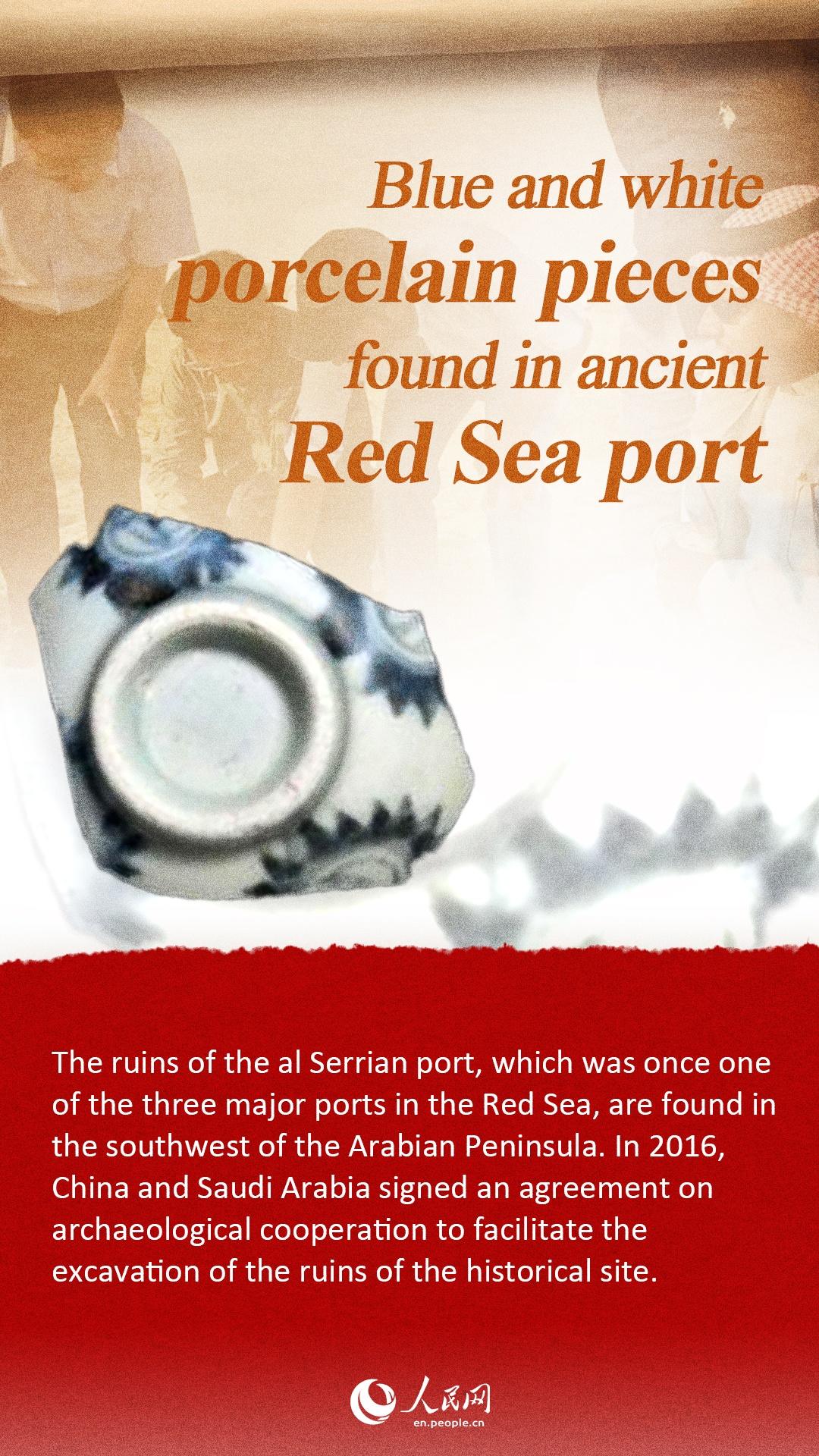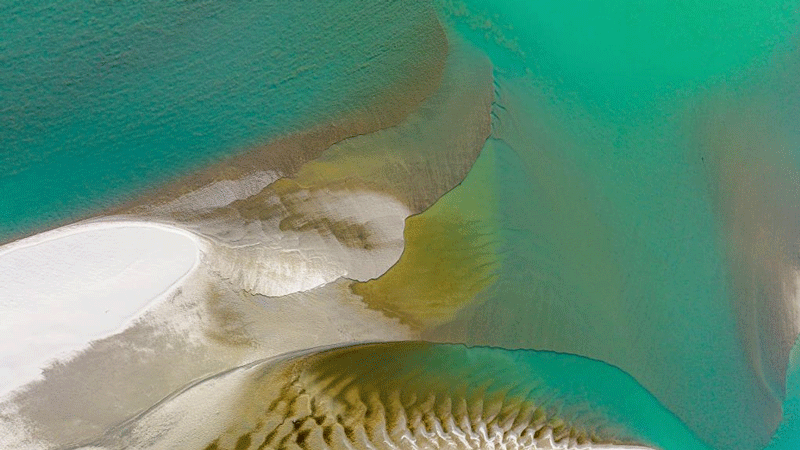Infographics: Exchanges between Chinese and Arab civilizations on Silk Road (3)
The ruins of the al Serrian port, which was once one of the three major ports in the Red Sea, are found in the southwest of the Arabian Peninsula. In 2016, China and Saudi Arabia signed an agreement on archaeological cooperation to facilitate the excavation of the ruins of the historical site.
During the joint Chinese-Saudi archaeological excavation, many porcelain wares from China were uncovered, providing precious physical data for research on the ancient Maritime Silk Road. The finds included celadon (sometimes known as “green-ware” for its distinctive jade color) made in east China's Longquan city, and bluish white porcelain made in Jingdezhen, the country’s porcelain capital during the Song and Yuan Dynasties (960-1368). The excavation also unearthed blue and white porcelain made in the Ming and Qing Dynasties (1368-1911), providing valuable information on the history of the site.
 |  |
Photos
Related Stories
- 5th Arabic Arts Festival opens in east China
- Senior Chinese official addresses opening of Arabic Arts Festival
- Xi sends congratulatory letter to 5th Arabic Arts Festival
- Chinese new energy buses gallop into Arab market
- Feature: Jordanian soprano highlights music, culture as key to deepening China-Arab cooperation
Copyright © 2022 People's Daily Online. All Rights Reserved.










